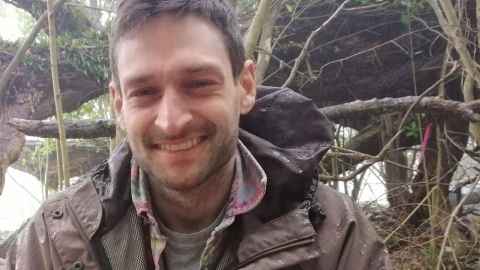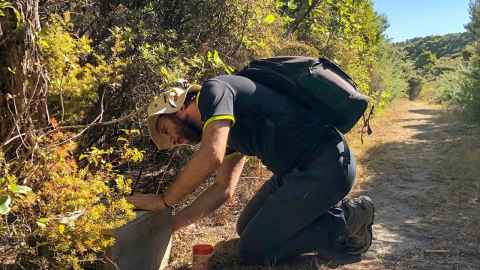Pest-free goal won’t be achieved without new and better tools
23 February 2021
New Zealand’s goal to become predator free by 2050 will remain an unrealised dream unless new technologies and advances in social engagement continue to be developed, researchers who first promoted it say.

A team from the University of Auckland has developed a statistical tool more commonly employed in the medical field, known as a time-to-event analysis, to calculate the chances of pest eradication success over time. Normally the tool investigates how different therapeutic treatments will affect the lifespan of a patient suffering from a life-threatening disease.
But in this case the researchers used the model to investigate how different factors are likely to impact the amount of time a New Zealand island suffers rat invasion. They fed their model with a wide range of island data including size, distance to the mainland, public or private ownership, human habitation and whether rats had already been eradicated.
Islands were then ranked for the likelihood of rat eradication success and how long it might take to get underway.
The results were sobering. Just two out of 18 highest-ranked islands in the model – the ones with the highest chance of eradication success – would be rat-free by 2025 and overall just 14 out of 74 islands were likely to be rat free by 2050.
If New Zealand’s rate of eradication implementation continues as-is, the country will not be rat-free anytime in the foreseeable future, says doctoral student Zachary Carter who led the study.
“Our results should be viewed as an examination of PF2050’s potential outcome if transformative eradication advances are not made,” he says.
“Fortunately, universities, government researchers and private enterprise are already involved in exploring new and exciting transformative technologies to overcome limitations in the existing eradication toolbox and they will be essential to PF2050’s success.”
Those new technologies include genetic tools which could produce a “Trojan female” whereby all male offspring are infertile, and species-specific toxins such as norbormide which could be highly effective and target only rats.
Social impact assessments and frameworks such as those developed by Professor James Russell that help achieve community support for conservation projects will also be critical.

“Advances in both technology and in attaining community buy-in that are more effective than what we have had in the past will be vital and they will need to be if we are to increase the rate at which projects succeed,” he says.
The research team included Professor Russell, jointly appointed to the University of Auckland’s School of Biological Sciences and Department of Statistics, and Professor Thomas Lumley from the University of Auckland’s Department of Statistics. The research is published in Global Change Biology.
Media contact
Anne Beston | Media adviser
DDI 09 923 3258
Mob 021 970 089
Email a.beston@auckland.ac.nz